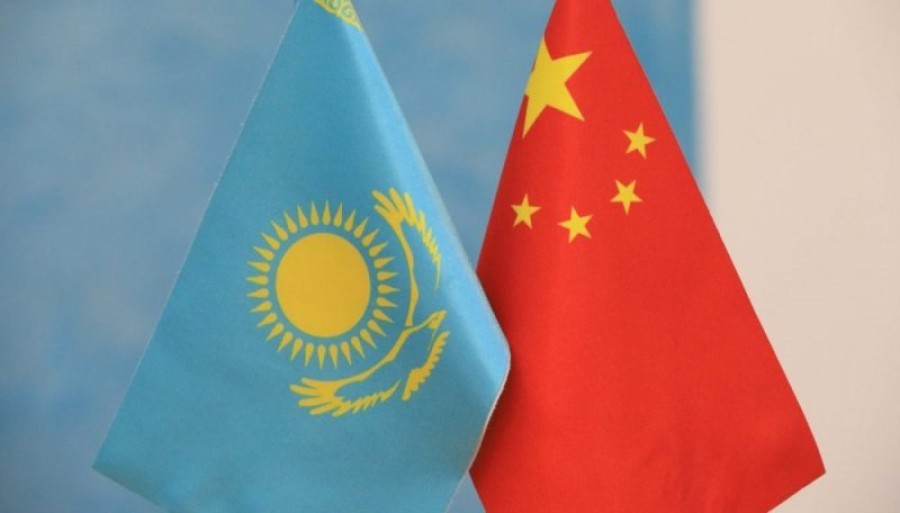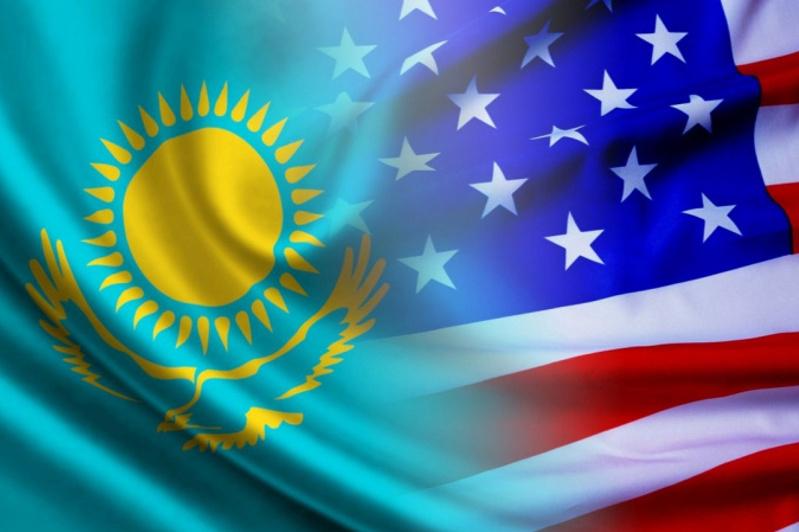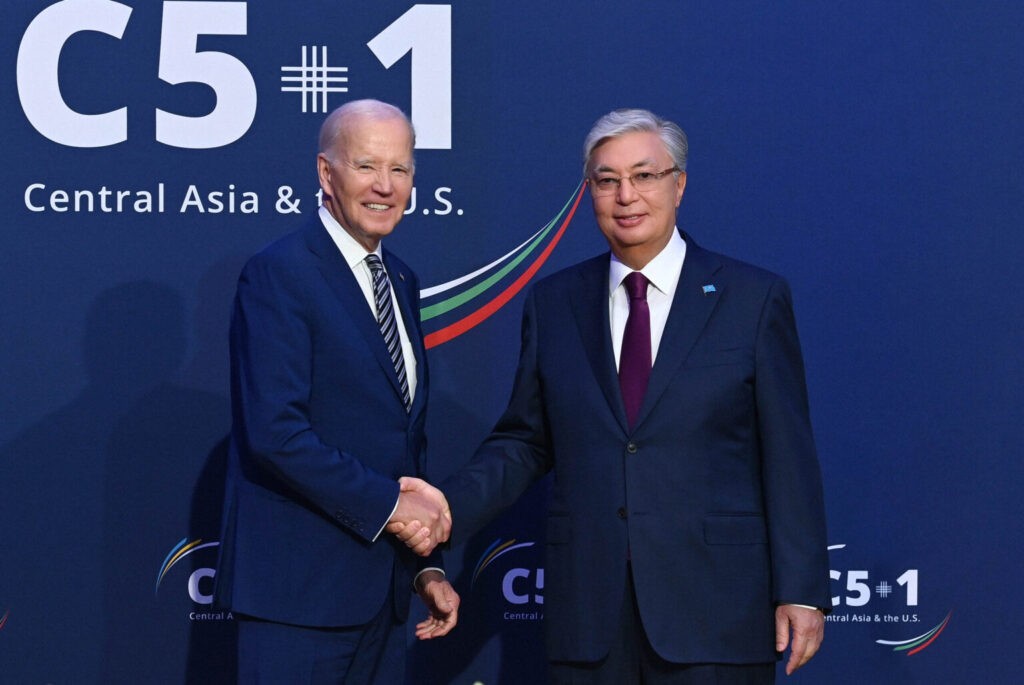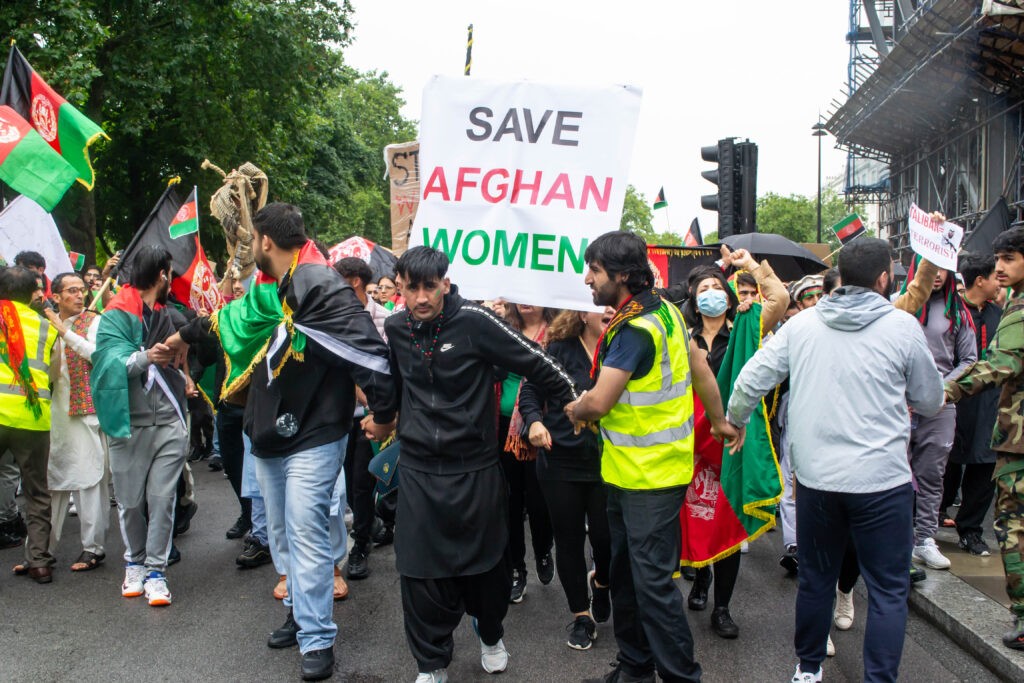Mirziyoyev Fortifies China-Uzbekistan Relations for Economic and Green Transformation
Ahead of his trip to Beijing, in his article for the People's Daily, Uzbekistan’s President Shavkat Mirziyoyev poured lavish praise on China. Not only did Mirziyoyev say he admired Chinese President Xi Jinping's global development, security and civilization initiatives as efforts to significantly address global challenges and accelerate the transition to a more sustainable and inclusive future, he also aligned Tashkent's vision of regional and international security with Beijing. Mirziyoyev has paid several visits to China, underscoring Beijing's growing importance in his economic and development agenda. His objective to strengthen "multifaceted" relations with Beijing further expounds the fact that China will be a centerpiece of his foreign and regional policy and ambition for a green transition. During his October's trip to Beijing to attend the third Belt and Road Forum, Mirziyoyev struck a complimentary tone, expressing gratitude to Xi for the invitation, stressed that the number of Chinese companies investing in Uzbekistan had increased fivefold and said that he expected bilateral trade to exceed $10 billion by the end of 2023. Mirziyoyev’s campaign has worked, given that Chinese enterprises are the second-largest investors in the country, China accounts for more than one-fifth of Uzbekistan’s foreign trade (21.3%) and bilateral trade in 2023 has far exceeded expectations, reaching $14 billion. Once Mirziyoyev signaled that China as one of his top foreign policy priorities, it helped Tashkent sign several agreements with Beijing. In his latest visit, Mirziyoyev called for international unity on the "Green Silk Road," which was first proposed by Xi in Uzbekistan back in 2016, and fully supported the green initiative’s potential to shape the agenda for a “common green future.” Construction of a 400-megawatt solar photovoltaic power plant by PowerChina and Mirziyoyev's meetings with Chinese energy companies in October indicated that he was impressed by their ability to deploy modern engineering solutions in electricity transmission networks and to implement solar, wind and hybrid power projects. Just last month, Mirziyoyev praised his strategic partner for completing projects at an “astonishingly” fast pace, and he continues to hail China's progress on large scale joint investments projects which have helped Tashkent make important strides in developing green energy and their endeavor to create 27 gigawatts of renewable energy generation by 2030. While cooperation with the "undisputed global leader" in renewable energy would solidify Tashkent's energy security and environmental sustainability, the first hydrogen plant in the country and region will also save some 33 million cubic meters of gas every year, decarbonize heavy industries, and add a new engine of growth, raising Uzbekistan’s international profile. The two nations are promoting active cooperation on infrastructure, too. The Chinese-built Angren-Pap railway line, the China-Kyrgyzstan-Uzbekistan transport corridor, and the four routes of the China-Central Asia natural gas pipeline that pass through Uzbekistan denote a region-wide consensus on developing intra- and inter-regional infrastructure to push trade, enhance connectivity, and bring prosperity. Once finalized, the China-Kyrgyzstan-Uzbekistan railway project will give Central Asia the shortest and most accessible passage to global markets, bringing billions of dollars of investments into...






